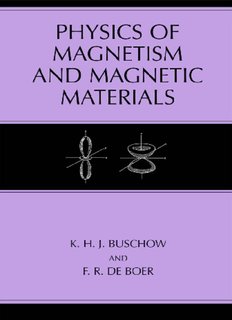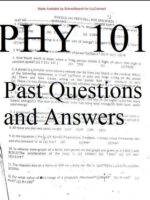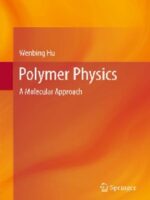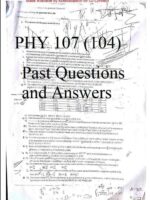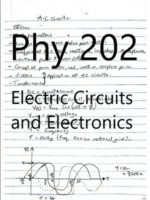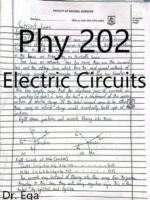The first accounts of magnetism date back to the ancient Greeks who also gave magnetism its name. It derives from Magnesia, a Greek town and province in Asia Minor, the etymological origin of the word “magnet” meaning “the stone from Magnesia.”
This stone consisted of magnetite, and it was known that a piece of iron would become magnetized when rubbed with it. More serious efforts to use the power hidden in magnetic materials were made only much later.
For instance, in the 18th century smaller pieces of magnetic materials were combined into a larger magnet body that was found to have quite a substantial lifting power. Progress in magnetism was made after Oersted discovered in 1820 that a magnetic field could be generated with an electric current.
Sturgeon successfully used this knowledge to produce the first electromagnet in 1825. Although many famous scientists tackled the phenomenon of magnetism from the theoretical side (Gauss, Maxwell, and Faraday) it is mainly 20th century physicists who must take the credit for giving a proper description of magnetic materials and for laying the foundations of modem technology.
Curie and Weiss succeeded in clarifying the phenomenon of spontaneous magnetization and its temperature dependence. The existence of magnetic domains was postulated by Weiss to explain how a material could be magnetized and nevertheless have a net magnetization of zero.
The properties of the walls of such magnetic domains were studied in detail by Bloch, Landau, and Néel. Magnetic materials can be regarded now as being indispensable in modern technology.
They are components of many electromechanical and electronic devices. For instance, an average home contains more than fifty of such devices of which ten are in a standard family car. Magnetic materials are also used as components in a wide range of industrial and medical equipment.
Permanent magnet materials are essential in devices for storing energy in a static magnetic field. Major applications involve the conversion of mechanical to electrical energy and vice versa, or the exertion of a force on soft ferromagnetic objects.
The applications of magnetic materials in information technology are continuously growing. In this treatment, a survey will be given of the most common modern magnetic materials and their applications.
The latter comprise not only permanent magnets and invar alloys but also include vertical and longitudinal magnetic recording media, magneto-optical recording media, and head materials.
Many of the potential readers of this treatise may have developed considerable skill in handling the often-complex equipment of modern.
information technology without having any knowledge of the materials used for data storage in these systems and the physical principles behind the writing and the reading of the data. Special attention is therefore devoted to these subjects.
Although the topic Magnetic Materials is of a highly interdisciplinary nature and combines features of crystal chemistry, metallurgy, and solid-state physics, the main emphasis will be placed here on those fundamental aspects of magnetism of the solid state that form the basis for the various applications mentioned and from which the most salient of their properties can be understood.
It will be clear that all these matters cannot be properly treated without a discussion of some basic features of magnetism. In the first part a brief survey will therefore be given of the origin of magnetic moments, the most common types of magnetic ordering, and molecular field theory.
Attention will also be paid to crystal field theory since it is a prerequisite for a good understanding of the origin of magneto crystalline anisotropy in modern permanent magnet materials.
The various magnetic materials, their special properties, and the concomitant applications will then be treated in the second part.
